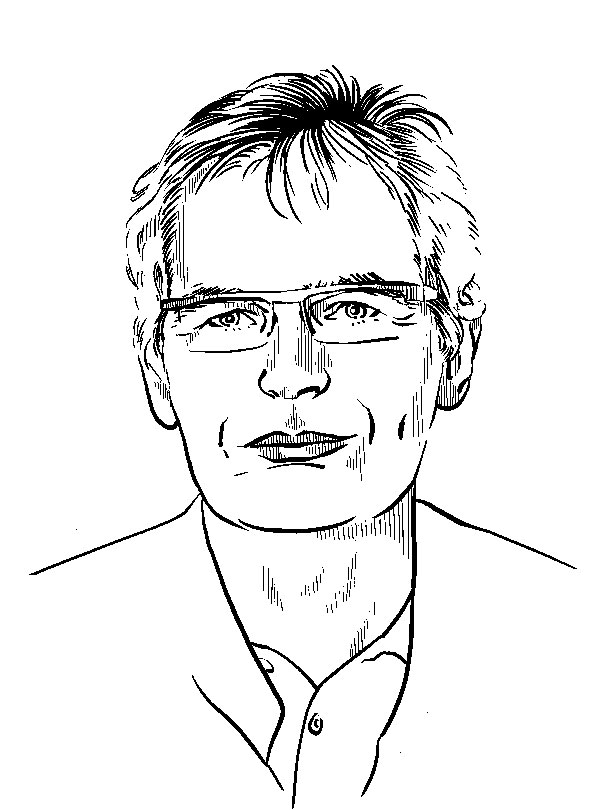When is a person dead, Stephan Marsch?
In biological terms, death is not a singular event but a process. After a cardiac arrest, the entire brain dies within a few minutes, whereas other types of tissue are more resistant to oxygen deprivation and can therefore stay alive for much longer. The cornea, for example, can be removed from the deceased up to 72 hours after death and successfully transplanted. Certain cells and tissue can even be removed up to a week after death and successfully propagated in cell culture.
Due to the social implications, an unambiguous determination of death is essential. In earlier times, this was relatively easy: a dead body was stiff, cold and pale. Once this state had been reached, it was empirically certain that it could not be reversed. As mentioned, tissue can be transplanted or propagated in cell culture after a death determined in this way. It can therefore be said that the archaic definition of death implicitly includes two main aspects that have been adopted by more modern definitions: 1) Death is defined as the point in the dying process at which it becomes empirically impossible for the individual to be revived, and 2) after the death of the individual, certain body tissues can be kept alive with the help of technology.
The invention of the stethoscope in the 18th century made it possible to diagnose cardiac death based on a lack of heart activity. Cardiac death was empirically proven to be irreversible, which allowed an early and reliable diagnosis of death. As a result, the heart was seen as the most vital organ and was even said to house the soul. This hypothesis was questioned with the first successful heart transplant.
Brain death is defined as the complete and irreversible cessation of activity of the brain and brain stem. When the brain stem fails, the respiratory center within it also shuts down permanently, making independent breathing impossible. In this state, the body's oxygen supply and organ functions can be maintained only temporarily with the aid of a respirator. If the respirator is switched off or malfunctions, this inevitably leads to cardiac death due to oxygen deficiency. Thus, it became possible to study brain death only when the first respirators were invented in the mid-20th century. This new phenomenon created the need for medical and legal clarification in intensive care and transplantation medicine, which resulted in today's currently valid neurological definition of death.
Like its historical predecessor, brain death fulfills the criteria of empirically determined irreversibility. On the time axis of the dying process, it is possible to diagnose death slightly earlier among the small number of patients concerned than in cardiac death. No biological justification exists for determining the importance of an organ based on the order in which its failure causes the irreversible death of the entire organism. Basing death on the failure of the brain as the central organ therefore appears equally unfounded as the historical approach of basing it on cardiac death, with the heart as the central organ.
In comparison with other definitions of death, the emotional experience is absent in brain death: brain dead patients are warm, look 'alive', and special expertise is needed to distinguish reliably between life and death. It is without doubt legitimate to reject transplantation medicine. The obvious usefulness of the concept of brain death for transplantation medicine offers its opponents a comfortable argument without having to position themselves as opponents. Therefore, it can be hypothesized that if brain death were diagnosed not for transplantation reasons but merely to put an end to futile intensive care, the concept would not even be acknowledged outside the area of intensive care.
Brain death differs from previous definitions of death only in quantitative (time, number of transplantable organs) rather than qualitative terms. Brain death is established as a criterion of death in the western world and in many countries, such as Switzerland, is firmly anchored in democratically legitimized laws. The concept has been reviewed repeatedly by broad-based international committees, the majority of which have found it to be valid. As no new evidence has been found in recent years, there is no need to change the current practice at present.

